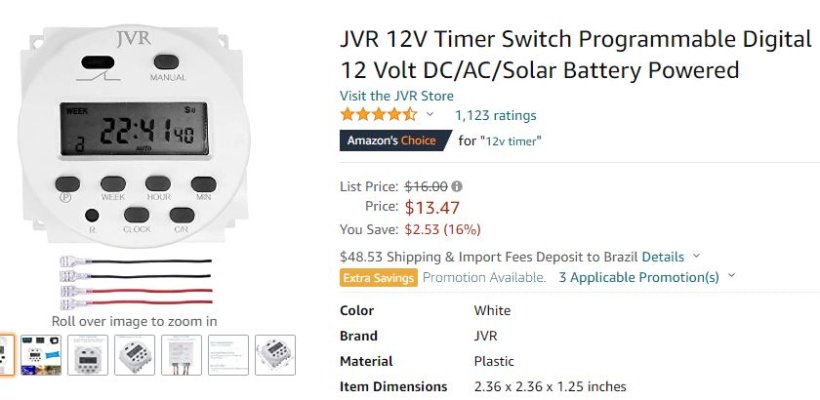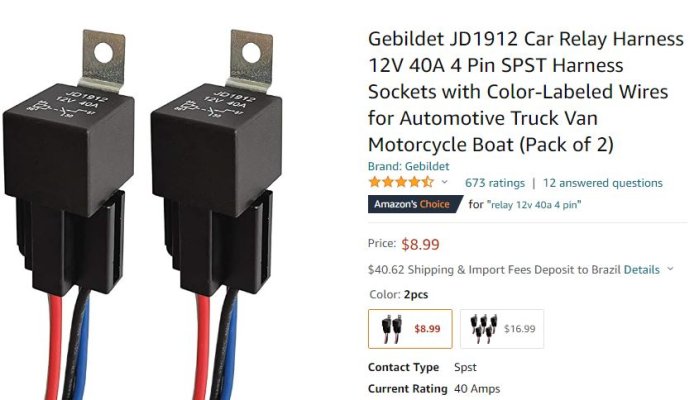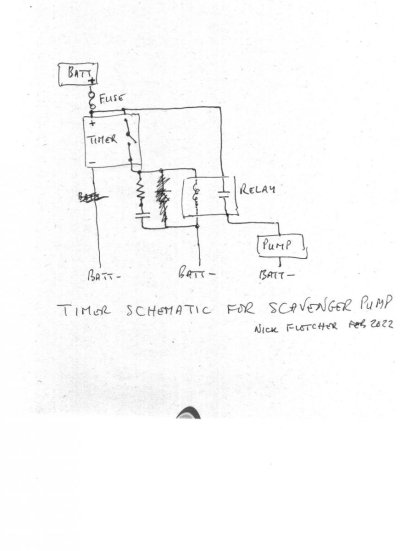GB32Patience
Senior Member
- Joined
- Oct 29, 2020
- Messages
- 117
- Vessel Name
- Patience
- Vessel Make
- 1978 GB 32 Sedan
Greetings,
Although I have seen this topic referenced in several indirect postings (COMODAVE and Ttsaang), I felt it was worth attaching to the "Smelly Boat" search as this is truly a new "place to look".
My wife and I found a well worn but reasonably good shape GB32 a few years back and after a season of reading "smelly boat" books and postings, (thanks Peggy!) we had some pretty spic and span bilges, (all the potions....) new head hoses, sealed off head raw water intake, pulled up shower pan, bottom of hanging locker (a bear), chain locker and scrubbed every below deck surface, ultimately still ending up with a consistently REALLY SMELLY boat... kind of that seawater, diesel fuel, head discharge combo that could be a dead animal.... When we purchased the vessel, it was in cold weather and on the hard. Contingent sea trials in the spring noted a few mechanical elements that were quickly remedied but also a faint odor that would need to be pursued..... we also noted a variety of "odor eater" type approaches around the cabin... various and many "air fresheners".... after a season, we were contemplating the approach; "if you cant find it..... sell the boat".... it was most ghastly after being out on the water and once we pulled into our, or a transient dock...pheeew!!!!! I upgraded our bilge blower but the odor being removed did not make us popular with our neighbors...... So.... in the pursuit of eliminating standing water as an odor source, as the GB32 has a flat bilge pan, I figured I would sink a shoebox sized "sump" just under the driveshaft, aft of the engine (good access). I do recall the moment, with grinder in hand, I plunged the first cut into the flat bilge floor and ended up cartoon style, with a stripe of black slime, from my knees to the top of my head..... I immediately left the boat, found my wife and as I got within 10 feet of her, she exclaims..."You found it!" The hidden sludge tank....... On many vessels, apparently the keel area can be solid with ballast, meant to fill with seawater in some cases, or in our case, meant to be dry, but sealed from access.... after cutting my access hole, I pumped approx. 10 gallons of this evil sludge from my hollow keel (it was filled to the top), followed by 3-4 hot water rinses... and topped off with a 3" access port (I still installed my sump).
The smell is gone, especially with all of the prior cleaning of the search process! This area must have gradually filled through the years via various channels, but still without any really access. When we went out for a spin, it would just create such pressure in that below area, fumes would rise into the bilge and remainder of the boat. Had we not found this location, it would have been tough going. Apparently this is not uncommon... but with a sealed space like that, I would think that access would be available... now there is.... Thought worth sharing...
Although I have seen this topic referenced in several indirect postings (COMODAVE and Ttsaang), I felt it was worth attaching to the "Smelly Boat" search as this is truly a new "place to look".
My wife and I found a well worn but reasonably good shape GB32 a few years back and after a season of reading "smelly boat" books and postings, (thanks Peggy!) we had some pretty spic and span bilges, (all the potions....) new head hoses, sealed off head raw water intake, pulled up shower pan, bottom of hanging locker (a bear), chain locker and scrubbed every below deck surface, ultimately still ending up with a consistently REALLY SMELLY boat... kind of that seawater, diesel fuel, head discharge combo that could be a dead animal.... When we purchased the vessel, it was in cold weather and on the hard. Contingent sea trials in the spring noted a few mechanical elements that were quickly remedied but also a faint odor that would need to be pursued..... we also noted a variety of "odor eater" type approaches around the cabin... various and many "air fresheners".... after a season, we were contemplating the approach; "if you cant find it..... sell the boat".... it was most ghastly after being out on the water and once we pulled into our, or a transient dock...pheeew!!!!! I upgraded our bilge blower but the odor being removed did not make us popular with our neighbors...... So.... in the pursuit of eliminating standing water as an odor source, as the GB32 has a flat bilge pan, I figured I would sink a shoebox sized "sump" just under the driveshaft, aft of the engine (good access). I do recall the moment, with grinder in hand, I plunged the first cut into the flat bilge floor and ended up cartoon style, with a stripe of black slime, from my knees to the top of my head..... I immediately left the boat, found my wife and as I got within 10 feet of her, she exclaims..."You found it!" The hidden sludge tank....... On many vessels, apparently the keel area can be solid with ballast, meant to fill with seawater in some cases, or in our case, meant to be dry, but sealed from access.... after cutting my access hole, I pumped approx. 10 gallons of this evil sludge from my hollow keel (it was filled to the top), followed by 3-4 hot water rinses... and topped off with a 3" access port (I still installed my sump).
The smell is gone, especially with all of the prior cleaning of the search process! This area must have gradually filled through the years via various channels, but still without any really access. When we went out for a spin, it would just create such pressure in that below area, fumes would rise into the bilge and remainder of the boat. Had we not found this location, it would have been tough going. Apparently this is not uncommon... but with a sealed space like that, I would think that access would be available... now there is.... Thought worth sharing...




